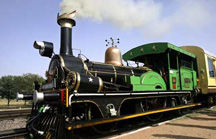

In 1795 Matthew Murray had helped establish Fenton, Murray, and Wood's Round Foundry in Water Lane, Holbeck to make textile machinery, steam engines and then steam locomotives, including four for the Middleton Railway.
In 1837 Charles Todd, who had trained at the Round Foundry, left it join to James Kitson and David Laird to establish the firm of Todd, Kitson & Laird at the Railway Foundry in a former mill on Pearson Street.
In 1838 they built six locos for the Liverpool & Manchester Railway, including the famous "Lion". George Stephenson paid a visit to see this locomotive being built.
For some years it was displayed on a plinth at Lime Street station in Liverpool. In 1952 it starred in the film "The Titfield Thunderbolt", and it is now in display at the Museum of Liverpool.
In 1837 Charles Todd, who had trained at the Round Foundry, left it join to James Kitson and David Laird to establish the firm of Todd, Kitson & Laird at the Railway Foundry in a former mill on Pearson Street.
In 1838 they built six locos for the Liverpool & Manchester Railway, including the famous "Lion". George Stephenson paid a visit to see this locomotive being built.
For some years it was displayed on a plinth at Lime Street station in Liverpool. In 1952 it starred in the film "The Titfield Thunderbolt", and it is now in display at the Museum of Liverpool.
The archway on Pearson Street through which early steam locos emerged. This Listed structure, along with the adjacent walls, is all that remains of the Railway Foundry (photo 2009)
A listed gate pier on Jack Lane (photo 2009)
Boyne Engine Works, Jack Lane. Former employees at the Railway Foundry established here in 1858 when they bought land from Viscount Boyne and acquired some of the Railway Foundry's designs and goodwill. They became one of Leeds' foremost locomotive manufacturers. On closure in 1927 they had made over 2,000 steam locomotives for the UK and abroad. Their assets were acquired by Kitsons and Hunslet Engine Co. The former offices and cast-iron gates are all that remain. Both are Listed.
In 1839 Kitson and Laird was formed at the Airedale Foundry on the north side of Pearson Street.
In 1842 Laird left, and Kitson teamed up with Isaac Thompson and William Watson Hewitson to form Kitson, Thompson and Hewitson. In 1863 it became Kitson & Co.
By the time they closed in 1938 they had produced around 5,500 locomotives. The site was then acquired in 1946 by J. & H. McLaren were building diesel engines on a nearby site.
‘The Fairy Queen’, engine no.22, built by Kitson, Thompson & Hewitson in 1855 for the East India Railway, is listed in the Guinness Book of World Records (2004) as the oldest regularly operating steam locomotive in the world.
She was retired in 1907, and in 1996 the Government of India had her completely refurbished and brought back into service as a tourist train. She provides trips from Delhi to Alwar and return, a distance of approximately 145 km each way. In 2012 she was sold to Indian Luxury Trains and again completely refurbished with new brass fittings.
In 1842 Laird left, and Kitson teamed up with Isaac Thompson and William Watson Hewitson to form Kitson, Thompson and Hewitson. In 1863 it became Kitson & Co.
By the time they closed in 1938 they had produced around 5,500 locomotives. The site was then acquired in 1946 by J. & H. McLaren were building diesel engines on a nearby site.
‘The Fairy Queen’, engine no.22, built by Kitson, Thompson & Hewitson in 1855 for the East India Railway, is listed in the Guinness Book of World Records (2004) as the oldest regularly operating steam locomotive in the world.
She was retired in 1907, and in 1996 the Government of India had her completely refurbished and brought back into service as a tourist train. She provides trips from Delhi to Alwar and return, a distance of approximately 145 km each way. In 2012 she was sold to Indian Luxury Trains and again completely refurbished with new brass fittings.
Jack Lane. Founded in by John Leathley 1864 on Jack Lane, on part of the former Railway Foundry land. The first engine it built was "Linden" in 1865, a saddle tank. In 1871 James Campbell, who was manager at Manning Wardle, bought the company. In the early years the company specialised in shunting and short-haul engines, especially for use in quarries and coal mining. It built many for the slate quarries of North Wales between 1870 and 1932. Some of these now work tourist lines there and in North America. By the start of the 20th century it was exporting to over 30 countries. In the Second World War it made munitions, employing many women. By the 1930s it was developing diesel locos. It built the last industrial steam engine in Britain in 1971. Over 2,200 steam locomotives were built on this site. It supplied the locos for Channel Tunnel operations and its last contract was to supply locos for tunnelling the Jubilee Line extension. The decline of coal mining hastened the end of locomotive building on this site in 1995, but the firm's name lives since it was bought by the LH Group of Burton on Trent, who overhaul and build locos.
Jack Lane. William Hudswell and John Clarke, who were previously employed by Kitson & Co. the nearby locomotive engineers, bought the site in 1860 from the Railway Foundry. Their products included steam, diesel and electric locomotives, mechanical handling equipment, wagon tipplers, automatic equipment for railway marshalling yards, moulds for pre-cast concrete building, equipment for nuclear power stations, components for missiles, and hurricane lamps. Some of the last locos built were diesel, for work in mines. They were bought out by the Hunslet Engine Co. in the 1970s.
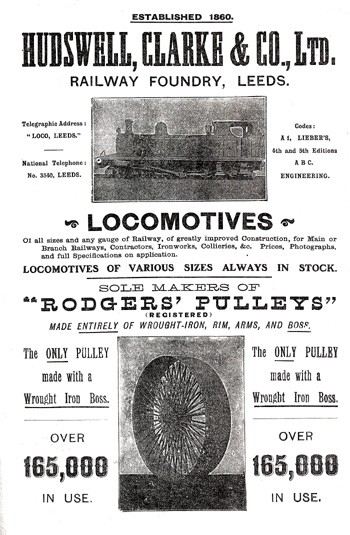
"Locomotives of various sizes always in stock"
An advertisement from 1909-10
An advertisement from 1909-10
The offices, built around 1880, are Listed. The old railway tracks, which connected the factory to the main line, can still be seen (photo 2009)
The building of locomotives, takes pride of place amongst Hunslet's old industries. Pearson Street (at the back of where Costco stands today) was the hub of "one of the most concentrated locomotive centres of the railway world"*. The roots of the industry were in Matthew Murray's inventions at the Round Foundry in Holbeck, particularly his steam locomotives that ran on the Middleton Railway from 1812. See the Pottery Field map for the location of all of the firms profiled on this page.
*Redman RN: The Railway Foundry, Leeds, 1839-1969: Norwich:1972
*Redman RN: The Railway Foundry, Leeds, 1839-1969: Norwich:1972
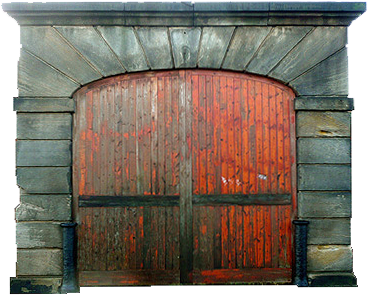
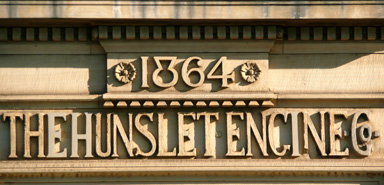
When manufacturing was king: The machine shop, Hunslet Engine Company (undated)
Image copyright of Leeds Library and Information Services
Image copyright of Leeds Library and Information Services
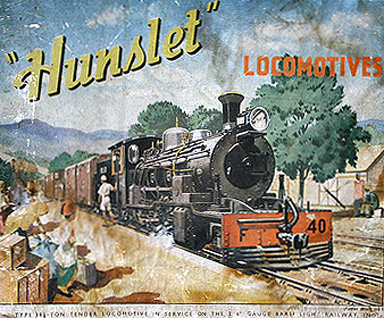
Locomotives
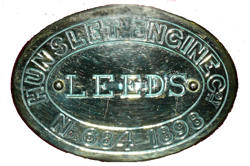
You are here: Home > Daily Life > Locomotives
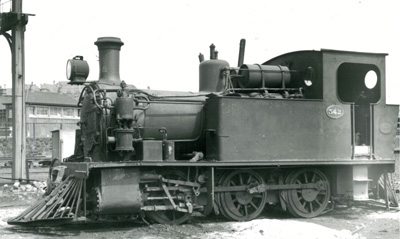
Hunslet Y542 loco pictured in the Auckland railway yard
Image copyright Museum of Transport and Technology (Auckland, New Zealand); Walsh Memorial Library, Les Downey Collection
Image copyright Museum of Transport and Technology (Auckland, New Zealand); Walsh Memorial Library, Les Downey Collection
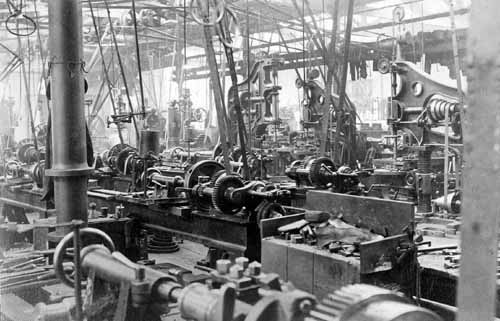
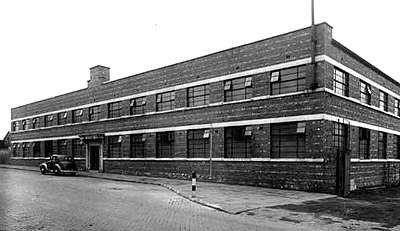
Hudswell Clarke offices (1943)
Image copyright of Leeds Library and Information Services
Image copyright of Leeds Library and Information Services
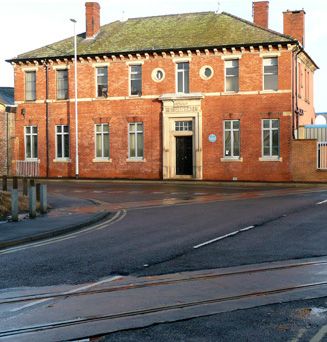
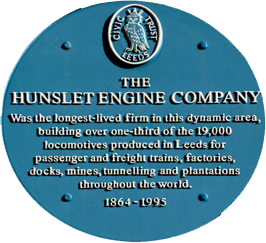
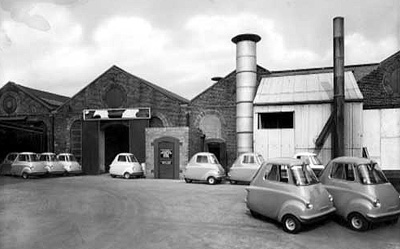
Scootacars: the company designed this vehicle in 1957 and made around 1,500 of them up to 1967 (photo around 1960)
Image copyright of Leeds Library and Information Services
Image copyright of Leeds Library and Information Services
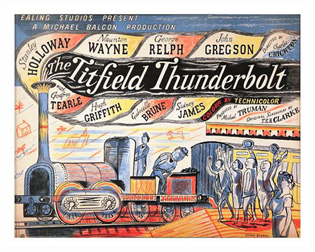

In 1839 the firm split into two, with Kitson and Laird operating from the Airedale Foundry on the north side of Pearson Street, and Todd joining John Shepherd to form Shepherd & Todd and operating from the Railway Foundry.
In 1844 Todd left to set up the Sun Foundry on Dewsbury Road. In 1846 his place was taken by Edward Wilson, who recruited David Joy from Fenton, Murray and Jackson, to design locos. The firm was now known as E.B.Wilson & Co. The firm went on to produce over 70 of the renowned Jenny Lind class, the first mass-produced type of loco, which was exported to several countries. In the 1840s and 1850s, at the height of the country's "railway mania", it was the largest engine builder in Britain, employing around 500 people.
The Foundry was wound up in 1858 after having made over 600 locomotives. It was split into several parcels: Hudswell Clarke bought part of the site and loco designs.
In 1844 Todd left to set up the Sun Foundry on Dewsbury Road. In 1846 his place was taken by Edward Wilson, who recruited David Joy from Fenton, Murray and Jackson, to design locos. The firm was now known as E.B.Wilson & Co. The firm went on to produce over 70 of the renowned Jenny Lind class, the first mass-produced type of loco, which was exported to several countries. In the 1840s and 1850s, at the height of the country's "railway mania", it was the largest engine builder in Britain, employing around 500 people.
The Foundry was wound up in 1858 after having made over 600 locomotives. It was split into several parcels: Hudswell Clarke bought part of the site and loco designs.


Thanks to Terry Reynolds of British Columbia for information about The Fairy Queen
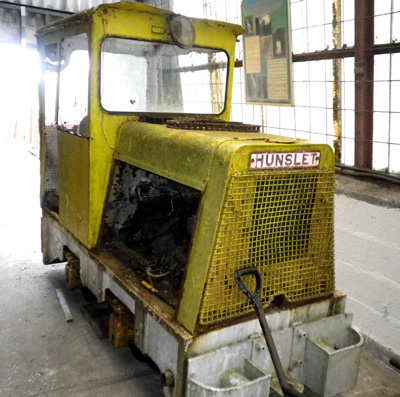
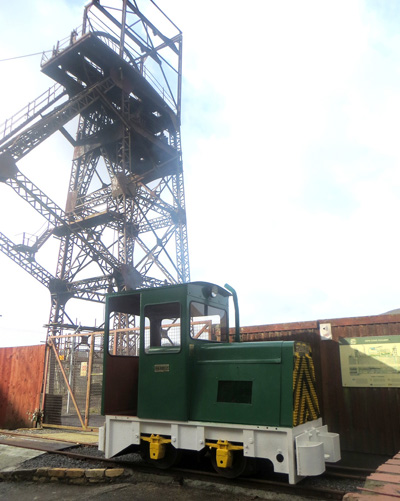
Hunslet diesel restoration
The Friends of Cefn Coed Colliery Museum restored this narrow gauge loco, Hunslet Diesel 4DWM (no. HE8812). It was originally purchased new for Abernant Colliery in Cwmgorse, South Wales, in 1978. In 1988 it was transferred to Cefn Coed Colliery near Crynant, north of Neath, with a view to preservation. After years of difficulties in attracting funding, it was finally stripped and re-built to full operating condition. It now runs in the colliery yard, giving enthusiasts and visitors an insight into the role that railways played in the working of collieries.
Thanks to Andrew Timms
The Friends of Cefn Coed Colliery Museum restored this narrow gauge loco, Hunslet Diesel 4DWM (no. HE8812). It was originally purchased new for Abernant Colliery in Cwmgorse, South Wales, in 1978. In 1988 it was transferred to Cefn Coed Colliery near Crynant, north of Neath, with a view to preservation. After years of difficulties in attracting funding, it was finally stripped and re-built to full operating condition. It now runs in the colliery yard, giving enthusiasts and visitors an insight into the role that railways played in the working of collieries.
Thanks to Andrew Timms
Before restoration
Fully restored